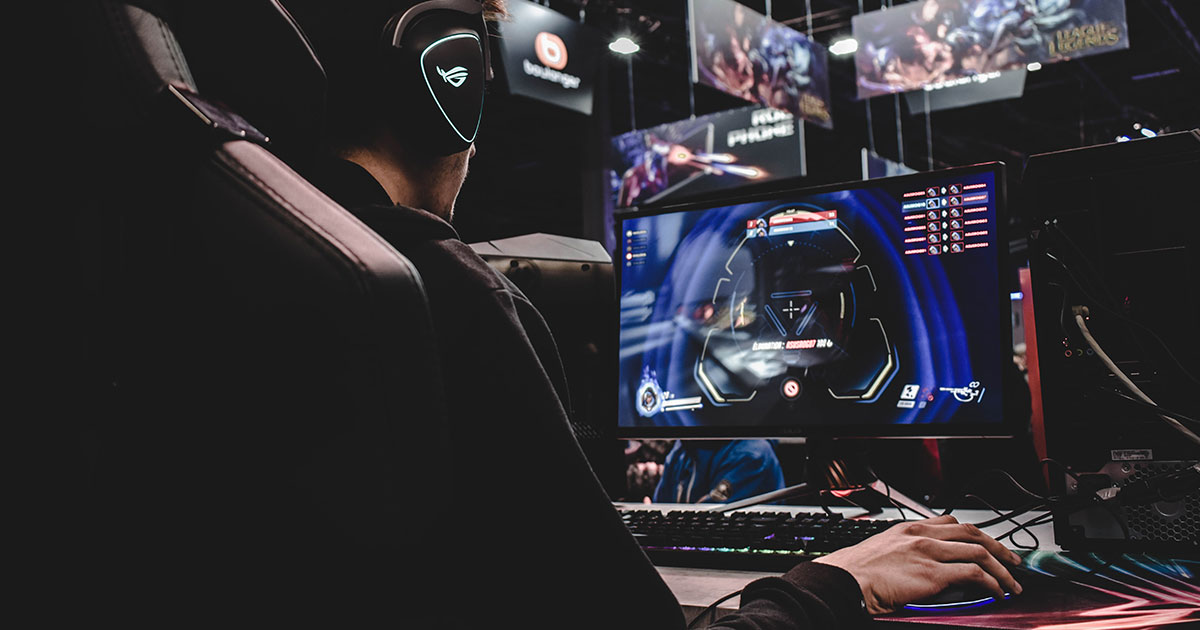How come you can play CS:GO or Call of Duty and it floats along on the highest settings, but when you work in Windows apps on the very same computer it feels like trudging through mud?
It’s hard to ignore the stark contrast in user experiences. And it’s natural, once you’ve experienced the optimal, to wish that all your computer activities could feel as smooth and responsive as playing the latest video game or scrolling through pictures on an iPad. Let’s take a closer look at why this discrepancy exists and, oh yeah, what all this has to do with YOSE.

Well, it’s because both the games and the iPad benefit from something called hardware-accelerated graphics. That means that, while you’re slaying a zombie or reorganizing your photo albums, the graphics card is working in parallel to ensure high performance and a smooth user experience.
We use some of this technology today to enhance the experience of using YOSE. But in our upcoming update, we’re taking a big step forward and introducing the exact same kind of technology used in games, only, in our case, we’re using it to visualize information for you! Not only will this make the user experience ultra smooth, it also means that, at the same time, we’ll be able to present even more information to you and enable different information patterns to become visible.
For us developers, equipping YOSE with hardware acceleration opens up the possibility to create a completely new toolbox. Soon, as an investigator, you will be able to view information together with the valuable context that turns data into intelligence—in a split second.
A concrete example of what hardware acceleration will do for YOSE is the picture app on your phone. There, you can zoom out so that you view your entire picture collection as very small thumbnails. The ability to zoom out like this allows you to detect patterns among the pictures and more easily find what you are looking for. And when you do spot what you’re looking for, you can easily zoom in to see all the details.
By introducing gaming tech into YOSE, we will have the same opportunities. We will be able to give you a fast and efficient overview of your data where the focus is not on looking at each document, image or film, but on viewing the overall pattern. And then, with a click of the mouse, you’ll be able to zoom in on the details which are so important for driving your case forward.

When hardware acceleration is combined with the scalable backend that already exists in YOSE—and all the information that is extracted using AI—the result will be extremely powerful. In fact, we believe it can revolutionize the way investigators absorb information and find the needle in the haystack.
Now, investigators will be able to seamlessly shift from viewing their entire haystack of data to quickly zooming in and scrutinizing a single detail. Working in this way will also make it easier to spot connections which were previously not possible to visualize.
All in all, the coming update of YOSE will enable a more masterful way of working, as investigators cover massive amounts of information in a far more efficient amount of time. And yes, you will find that the program flows in the same way as when you play Counter-Strike—just with your information instead.
Stay tuned because very soon, all of this will be ready for you to experience in the next version of YOSE. Sign up for our newsletter or follow us on LinkedIn for the latest insights and updates.
No need to worry about evidence documentation and report formatting. Paliscope Build automates all that - keeping your cases structured, secure and easy to hand over.
Find what you are looking for with Paliscope Explore - enabling analysts and investigators to triage large amounts of data and deep dive into the findings.
Process all your data in one place, collaborate across teams, search for anything, and more.